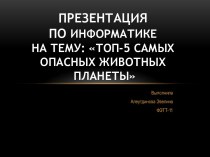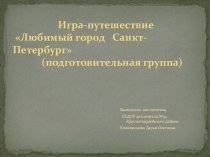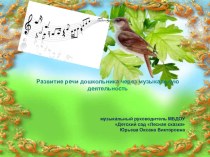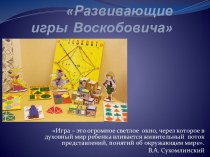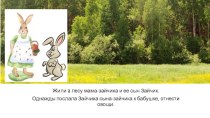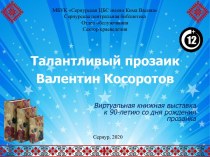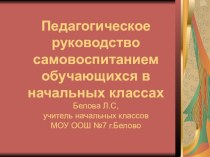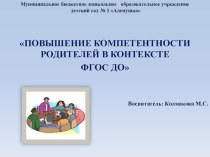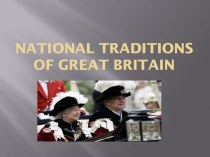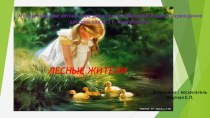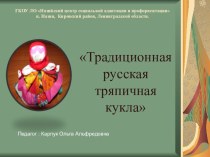- Главная
- Разное
- Бизнес и предпринимательство
- Образование
- Развлечения
- Государство
- Спорт
- Графика
- Культурология
- Еда и кулинария
- Лингвистика
- Религиоведение
- Черчение
- Физкультура
- ИЗО
- Психология
- Социология
- Английский язык
- Астрономия
- Алгебра
- Биология
- География
- Геометрия
- Детские презентации
- Информатика
- История
- Литература
- Маркетинг
- Математика
- Медицина
- Менеджмент
- Музыка
- МХК
- Немецкий язык
- ОБЖ
- Обществознание
- Окружающий мир
- Педагогика
- Русский язык
- Технология
- Физика
- Философия
- Химия
- Шаблоны, картинки для презентаций
- Экология
- Экономика
- Юриспруденция
Что такое findslide.org?
FindSlide.org - это сайт презентаций, докладов, шаблонов в формате PowerPoint.
Обратная связь
Email: Нажмите что бы посмотреть
Презентация на тему Elizabethan theatre
Содержание
- 2. Elizabethan Theatre
- 3. Shakespeare’s Globe Theatre
- 4. Queen Elizabeth 1st (played by Judy Dench)
- 5. The new built Globe Theatre in London – Based on the original as accurately as possible.
- 6. Theatres were built on the north bank
- 7. The flag was raised & a trumpet played to announce the play was about to start
- 8. The theatre was a fashionable place to
- 9. The audience was a mixture of the very rich and the very poor
- 10. Ladies had to beware of thieves
- 11. Actors were all male and many were the sons & grandsons of actors
- 12. A few theatres were indoors – as
- 13. Actors wore contemporary costume some of it donated by their wealthy patrons
- 15. The modern globe – showing the apron stage, balconies & modern ‘groundlings’.
- 16. Restoration Theatre
- 17. Charles 2nd was ‘restored’ to the throne
- 18. During the rule of Thomas Cromwell all
- 19. During the Commonwealth (when there had been
- 20. King Charles loved all the things that
- 21. Nell Gwyn – one of the king’s
- 22. Plays were performed in
- 23. If a play was set in the
- 24. The audience loved love stories and tragedies,
- 25. Actors still wore contemporary fashions – often competing with the audience for outrageousness.
- 26. 18th century (Georgian theatre)David Garrick playing the part of Hamlet
- 27. The biggest influence on Georgian theatre was
- 28. Garrick wasn’t happy that theatre had such
- 29. He also had a go at improving
- 30. Actresses became more respectable
- 31. An 18th century theatre
- 32. Victorian Theatre
- 33. Queen Victoria ruled for over 70 years. During this time there were many social changes.
- 34. Theatre was still popular with the whole population.
- 36. Theatres were still places to meet friends
- 37. The Alhambra Theatre in Bradford was built at the turn of the 20th century.
- 39. Victorians liked happy fairytale endings and the sets and costumes were often rich and decorative.
- 40. The Victorians found some of Shakespeare’s
- 41. Stages were more set back from the audience
- 42. Theatre was meant to be ‘improving’ and educational – rather than earthy & real!
- 43. Romeo and Juliet was performed
- 44. The Victorians found the tragedy inShakespeare’s plays too savage.
- 45. 20th Century British Theatre
- 46. The Royal Shakespeare Theatre in Stratford, built in the 1920’s was very modern at the time.
- 47. The audience was much closer to the stage.
- 48. 20th century productions tried to relate Shakespeare’s
- 50. The musical ‘West Side Story’ which was
- 52. The death scene was changed to Romeo being stabbed in the street – Juliet surviving.
- 53. Franco Zaferelli directed a film version of
- 55. Directors in the 20th century tried to
- 56. Baz Luhrmann’s 1996 version starred Leonardo DiCaprio and Claire Danes.
- 57. Скачать презентацию
- 58. Похожие презентации
Elizabethan Theatre
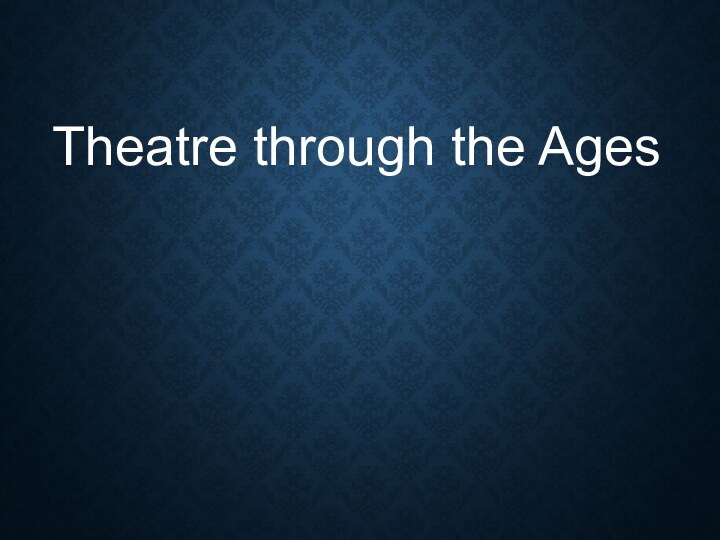
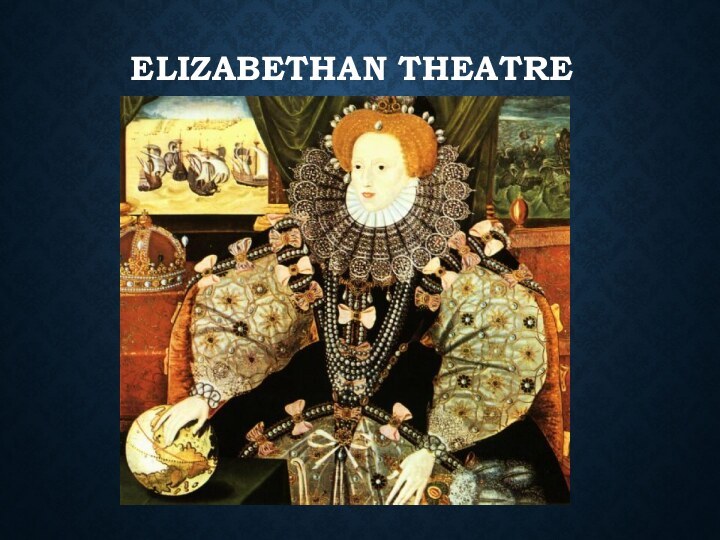






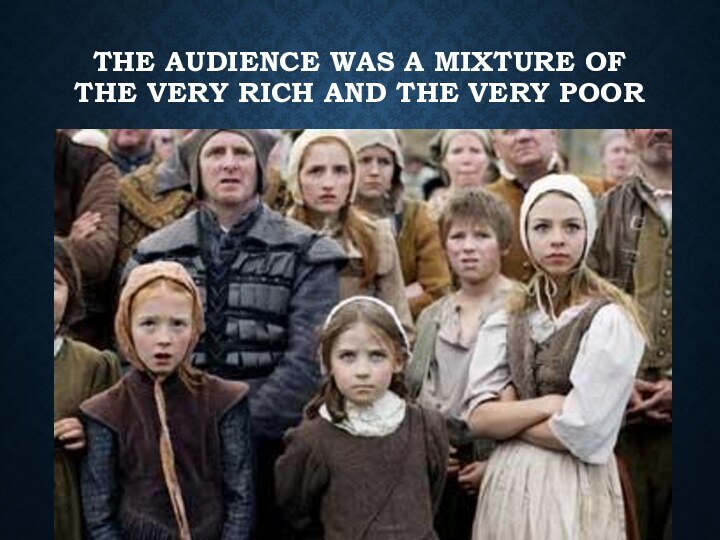




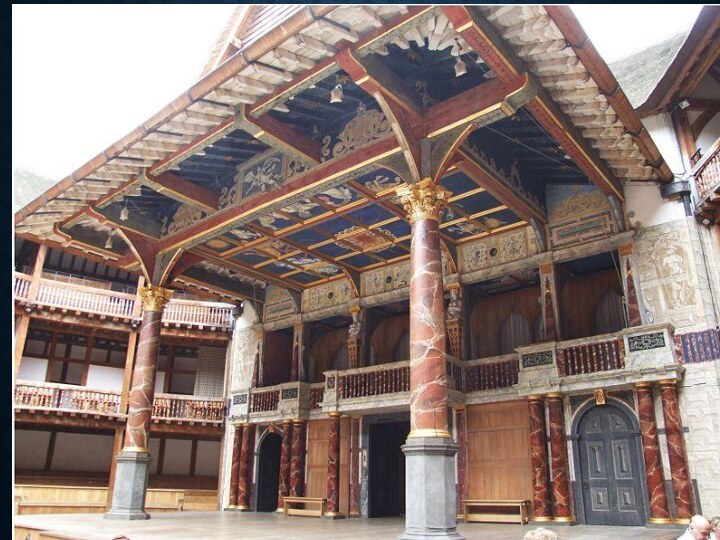


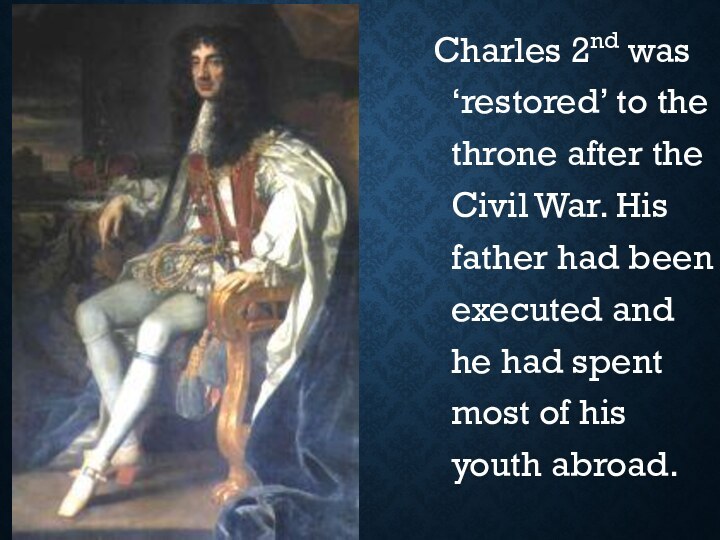
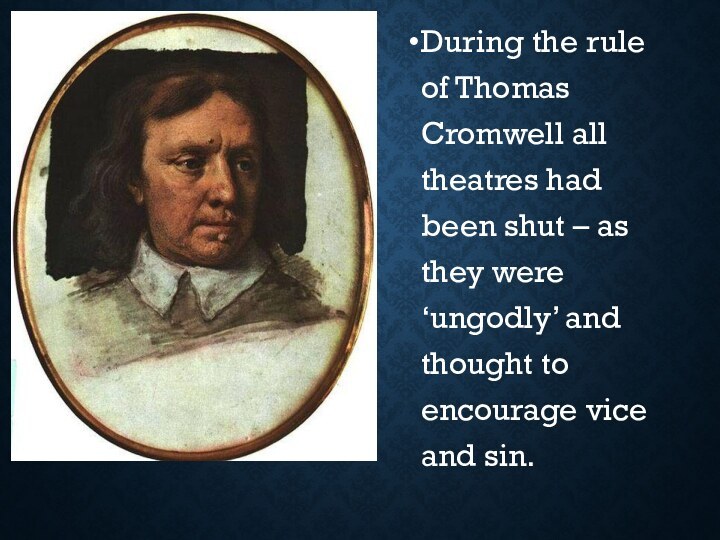










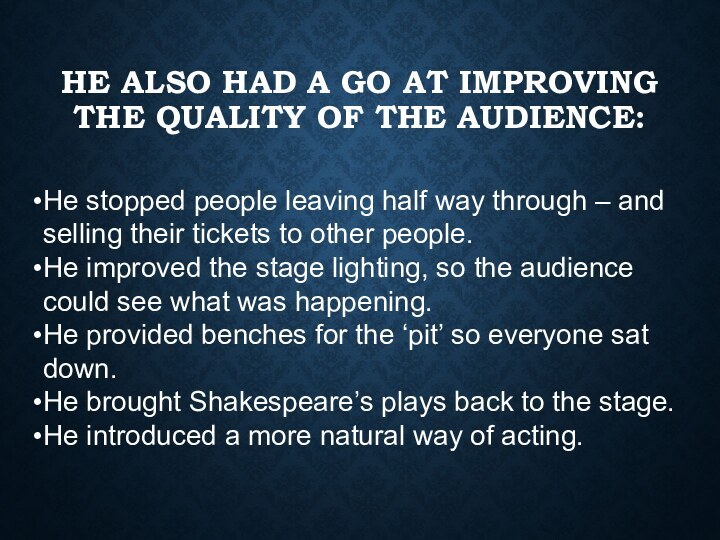







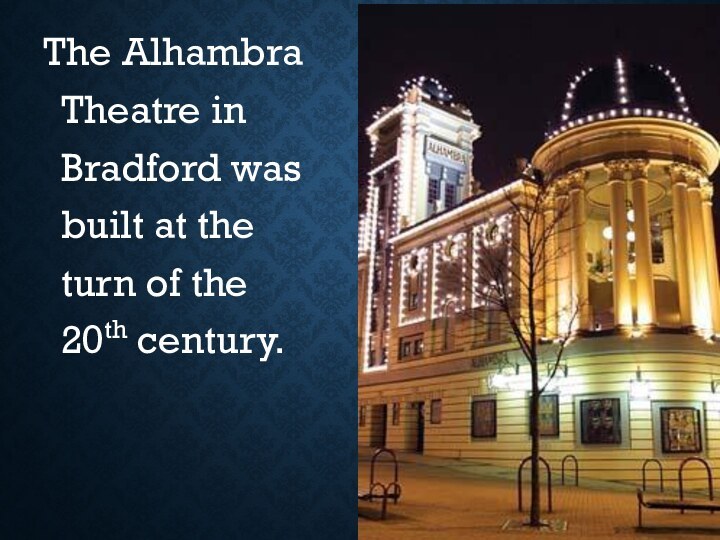
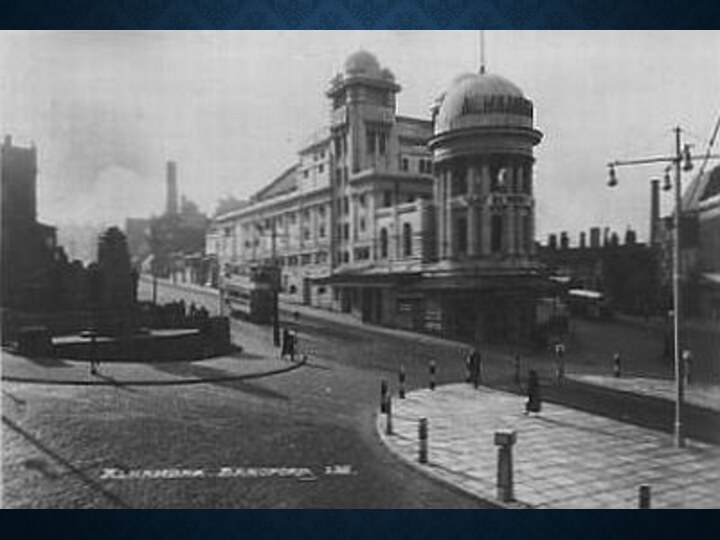
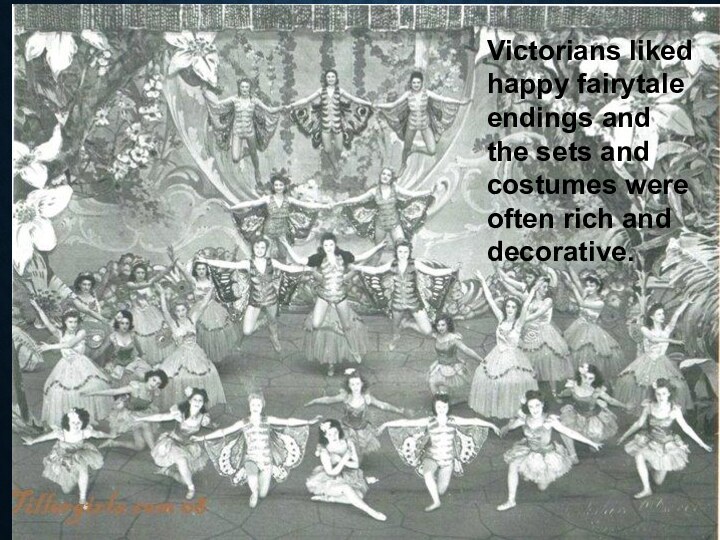




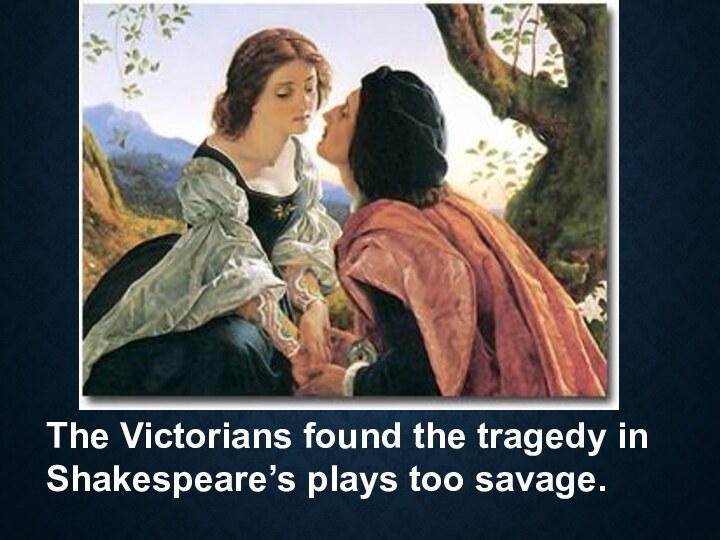
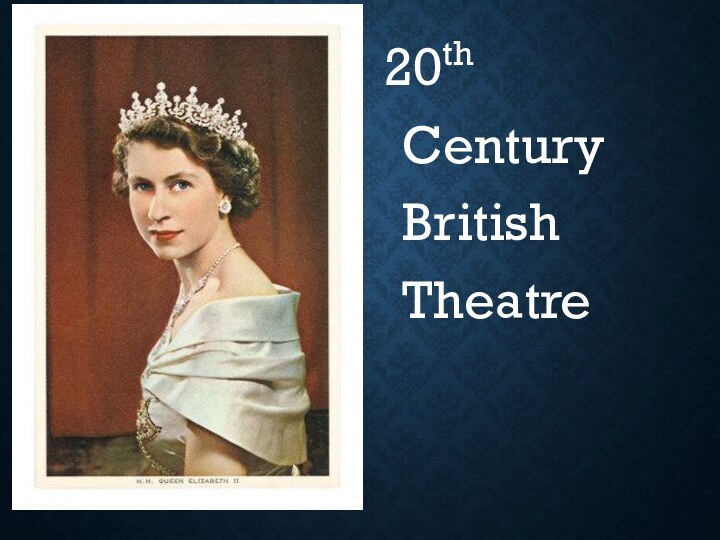




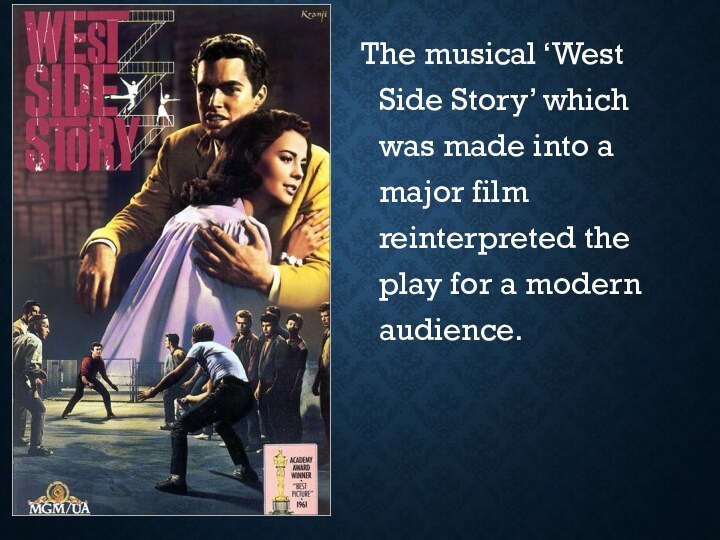
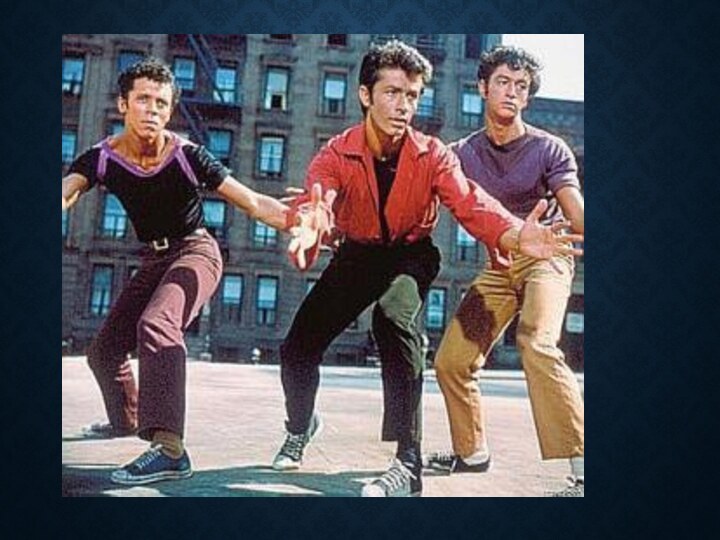
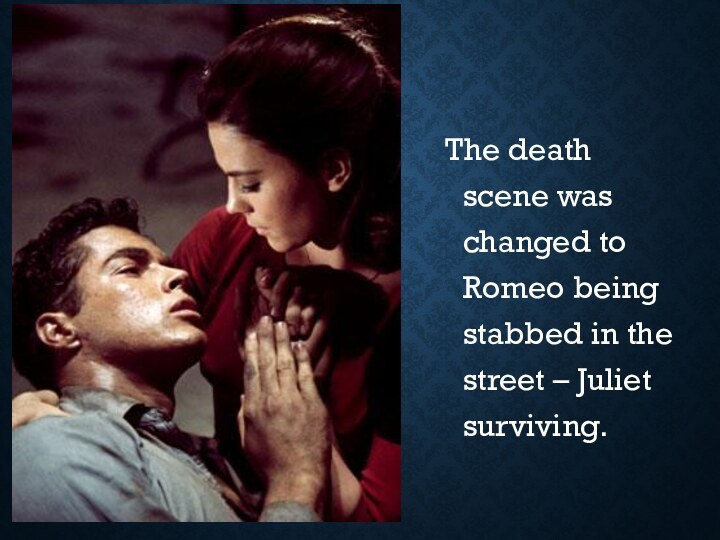



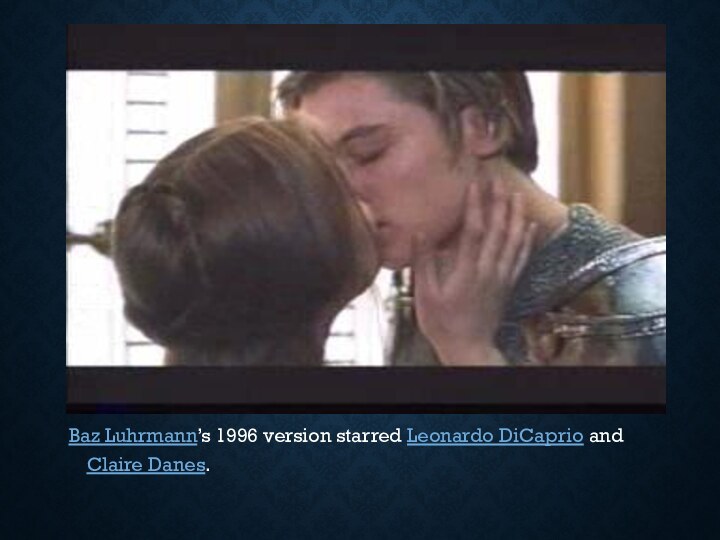

Слайд 8 The theatre was a fashionable place to go
– which encourages pickpockets & other criminals to try
their luck!Слайд 12 A few theatres were indoors – as shown
in the film ‘Shakespeare in Love’. Allowing actors to
work in the winter monthsСлайд 17 Charles 2nd was ‘restored’ to the throne after
the Civil War. His father had been executed and
he had spent most of his youth abroad.Слайд 18 During the rule of Thomas Cromwell all theatres
had been shut – as they were ‘ungodly’ and
thought to encourage vice and sin.Слайд 19 During the Commonwealth (when there had been no
king) theatre, music and dance had been forbidden as
sinful.Слайд 20 King Charles loved all the things that the
Puritans thought sinful and ungodly. He reopened the theatres
& allowed actresses for the 1st time in Britain.
Слайд 22
Plays were performed
in the
afternoon – in dimly lit theatres. The actors had
to fight to be heard over the audience and it was not unusual for the audience to riot if they disliked the play.Слайд 23 If a play was set in the past,
the actors might wear something vaguely historic on top
of their ordinary dress.This is meant to be a Roman heroine…
Слайд 24 The audience loved love stories and tragedies, but
the style of acting was very exaggerated. Actors (especially
actresses) had a bad reputation.Слайд 25 Actors still wore contemporary fashions – often competing
with the audience for outrageousness.
Слайд 27 The biggest influence on Georgian theatre was David
Garrick. He was an actor and a manager –
so he had lots of control.Слайд 28 Garrick wasn’t happy that theatre had such a
bad reputation and he set about reforming it from
within.He insisted that his actors turned up for rehearsals!
That they turned up for performances on time and not drunk!
He tried to get the prostitutes off the stage and made sure that his actresses were respectable women.
Слайд 29 He also had a go at improving the
quality of the audience:
He stopped people leaving half way
through – and selling their tickets to other people.He improved the stage lighting, so the audience could see what was happening.
He provided benches for the ‘pit’ so everyone sat down.
He brought Shakespeare’s plays back to the stage.
He introduced a more natural way of acting.




